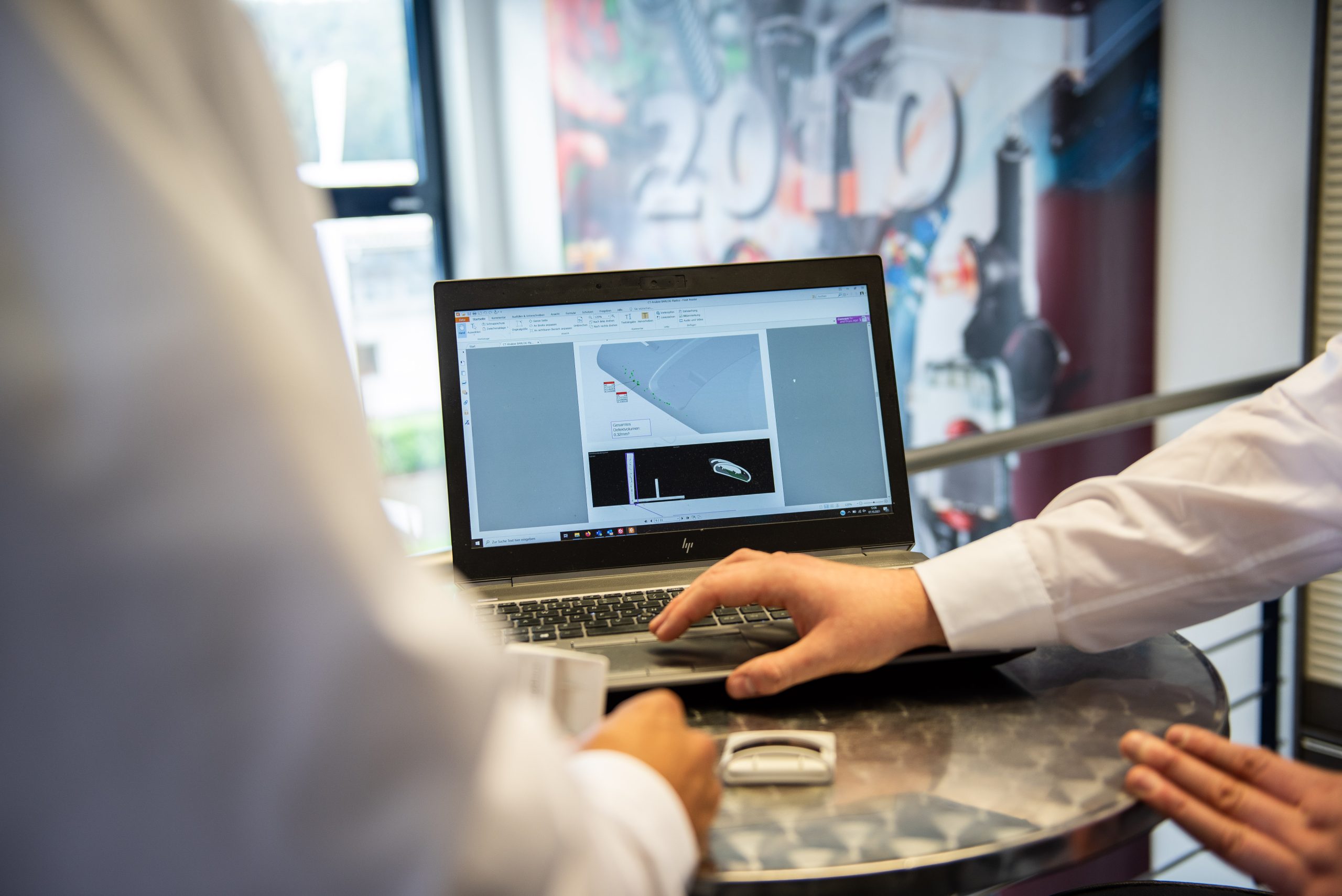What our customers say

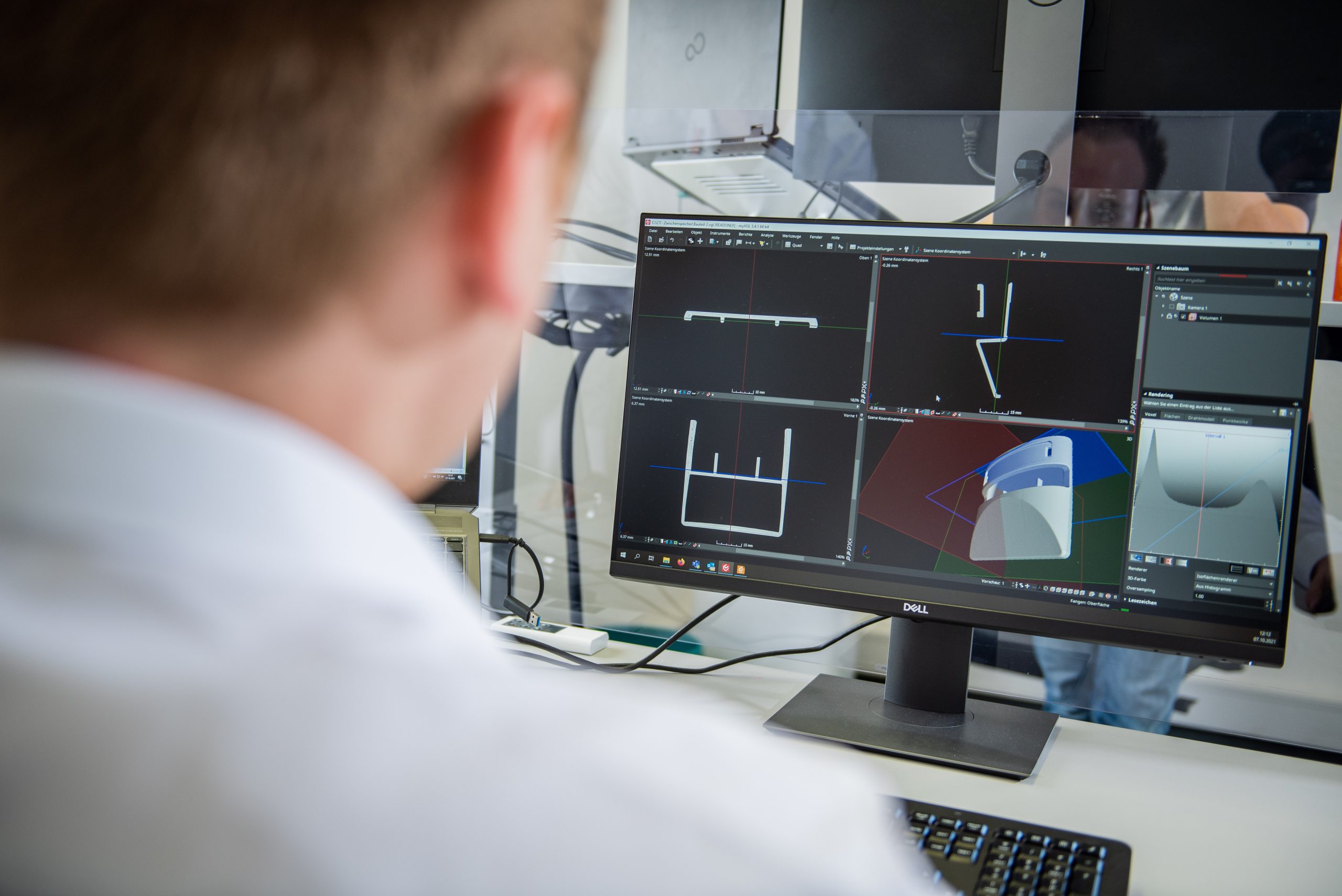
More clarity - through our component computed tomography
Our range of services at a glance:
-
Geometric measurements of components according to drawings
-
Process Capability Analyses
-
Target – Actual – Comparisons
-
Wall thickness analyses
-
Non-destructive defect and material analysis
-
Component digitization and reverse engineering
Our sample report Musterbericht CT-Analyse exemplifies our range of services in the field of measurement technology.
Your advantages at a glance:
The advantages of our computed tomography

Inspecting components for defects as early as possible saves costs and shortens the development process. With us, you always maintain an overview of your component quality.
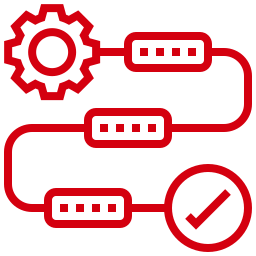
Through many years of experience in the plastics industry, we know the manufacturing process and the typical defect patterns. Our analysis is additionally carried out with the view of the processor.
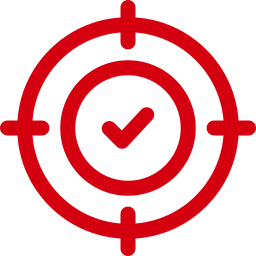
We take care of reliable and reproducible measurement results. We also support you in the selection of a suitable measurement method for your application.

Our measurements create a perfect overview of the actual condition of your components. This forms the basis for successful and targeted tool correction.
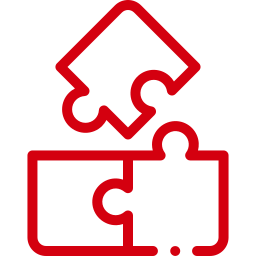
All services can be booked individually or as a package. We generate the maximum output for your question with a selection tailored to your needs.
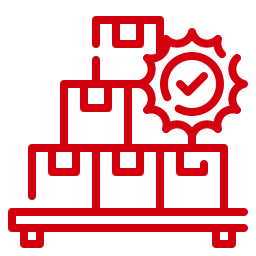
High quality is your entry into the fast lane in competition. We make this measurable, comprehensible and show possible optimization potential.
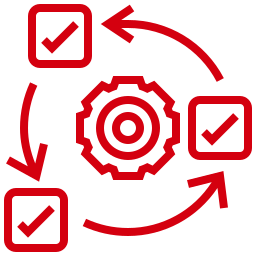
Our service does not end with the delivery of the results. Even beyond the actual service, we are at your side with advice and support.
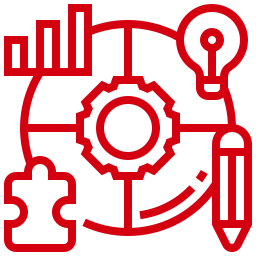
We don’t just provide you with numbers and colorful pictures, but think ahead. We interpret the results on the basis of the entire company – know-how.

With the help of computed tomography, even the smallest defects inside the component can be detected and eliminated at an early stage – non-destructively.
Metrology - From your inquiry to order fulfillment.
 Request a quote and upload data
Request a quote and upload data
 Advice on the service/scope
Advice on the service/scope
 Quotation preparation within 2 working days
Quotation preparation within 2 working days
 Commissioning of the metrology service
Commissioning of the metrology service
 We do the job and prepare the data
We do the job and prepare the data
 Discussion of the results
Discussion of the results
 Satisfied customer - thank you for your trust!
Satisfied customer - thank you for your trust!
One of the core tasks of metrology is the geometric measurement of components. (…)
The process capability analysis serves the purpose of assessing a process with regard to its controllability or that it meets defined specifications. (…)
One of the main applications for which a component scan is used is the target/actual comparison. (…)
Plastic parts are being designed with ever thinner walls due to increasing demands in terms of weight optimization and material savings. (…)
Computed tomography allows a non-destructive look inside your components. (…)
Both the computed tomography process and strip light projection offer the possibility to digitize your components. (…)
Our portfolio includes digitization via computed tomography and optical measurement via stripe light projection. (…)

about our services?
Then do not hesitate to contact us. Together we will
take a look at your request and will be happy to advise you.
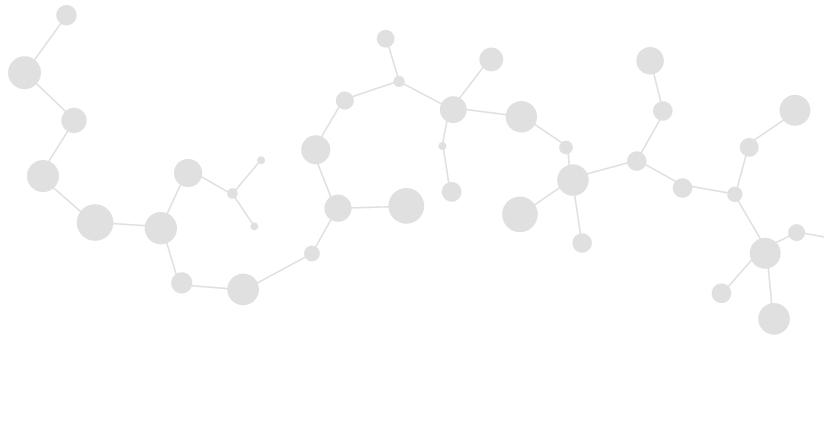
Our application examples

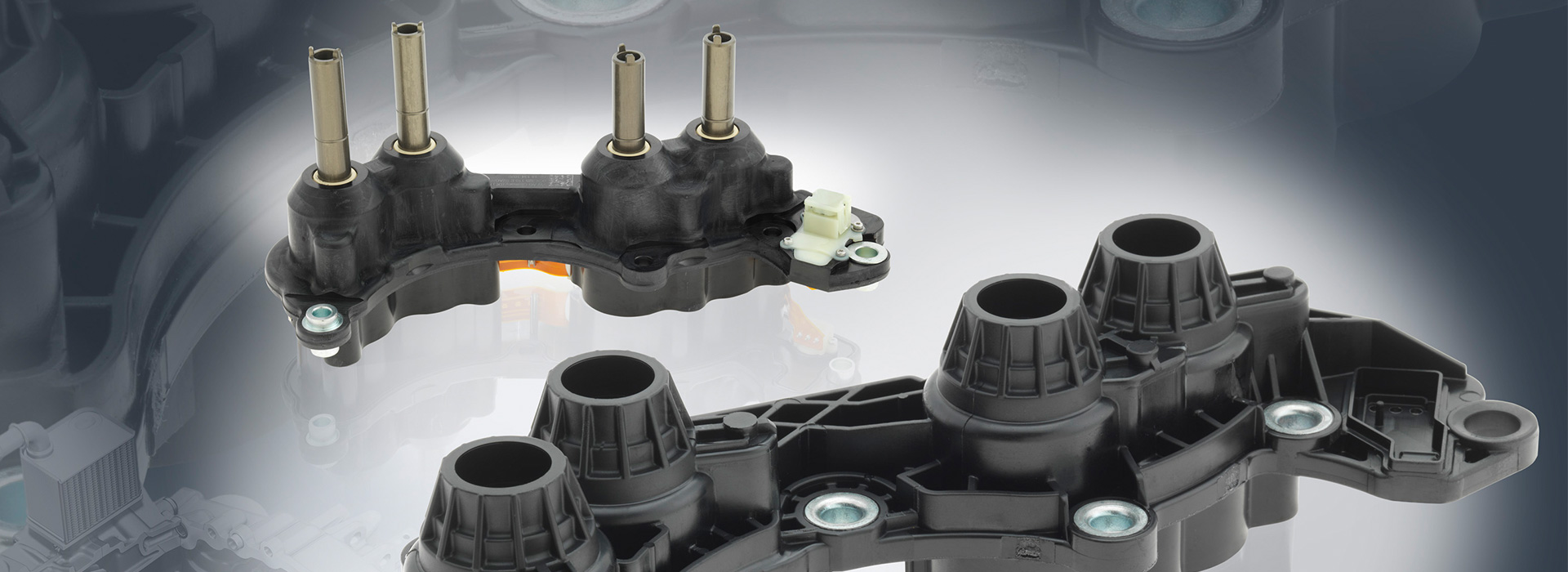
Everything you need to know.
Here you can find more information about our products.
Test reports – measurement of components
One of the core tasks of metrology is the geometric measurement of components.
First, the surface of the raw scan / volume data is determined and converted into the STL format. With the aid of standard geometries, measurements including shape and position tolerances can now be performed on the digital image of the component. The measurement process is similar to that of conventional coordinate measuring machines. The difference is that the component is probed virtually, eliminating the need for machine processes and resulting in significantly shorter measuring times. As a result, there are no probing forces, which means that even flexible materials can be measured reliably. With the aid of CT, there are also no restrictions with regard to the complexity of the components (undercuts, internal geometries). Features can be recorded with a large number of points, thus also allowing detailed findings on shape deviations. After evaluation of all results, an individual test report is generated.
Your advantages at a glance:
– Complete and precise measurement incl. form and position tolerances
– Measurement of undercut and internal geometries possible
– Faster and more cost-effective than conventional methods due to the absence of process paths and clamping procedures for the component
– Digital copy enables subsequent measurements even at a later date
Process capability analysis serves the purpose of assessing a process with regard to its controllability or that it meets defined specifications. For this purpose, critical dimensions and their tolerances are defined and measured on the basis of a sample. The result is the capability indices (Cmk, Ppk, Cpk) from the scatter of the measured values.
With the help of our measuring methods, large numbers of pieces can be quickly digitized and measured. By programming the measurement sequence on a component once, any number of other components with any number of features can be measured simultaneously without any major effort.
From this, we determine the characteristic capability values and provide you with additional statistical data such as trend diagrams, histograms and control charts. The data can also be exported for higher-level quality systems in Q-Das format.
One of the main applications for which a component scan is used is the target/actual comparison. Here, the nominal data (CAD) are compared with those of the scan. Even internal or difficult-to-access geometries can be measured non-destructively and with high precision. A false color comparison shows shape deviations such as warpage or sink marks at first glance. The quality of the component can thus be evaluated quickly and cost-effectively without any great metrological effort.
Using the same principle, it is also possible to create an actual/actual comparison. This is used to requalify the component quality after changes to the process parameters, machine changes or longer interruptions to production. Other areas of application of the actual/actual comparison are the evaluation of component or tool wear as well as the control of corrective grinding in the tool.
Advantages at a glance:
– simple, fast and cost-effective method for evaluating component quality
– clear display due to color coding
– complete recording of the component possible
Plastic parts are being designed with ever thinner walls due to increasing demands in terms of weight optimization and material savings. As a result, wall thickness analysis is becoming increasingly important. With the aid of computed tomography, a simple color representation of the test specimen can be created with regard to wall thickness and it can be checked immediately whether the desired material thicknesses are maintained.
Your advantages at a glance:
– Simple, fast and cost-effective method for evaluating wall thicknesses
– Clear representation due to color coding
– Complete recording of the component
Computed tomography allows a non-destructive view into the interior of your components. The 3D – volume model created from the CT contains different gray values depending on the material density. Areas with a high density/absorption of X-rays are shown brighter, which makes a demarcation to other materials (e.g. air) visible.
In the context of defect analysis, computed tomography can be used to detect defects in the component. Unwanted inclusions, voids or pores and component defects (e.g. cracks) can be made visible without sawing open the components. This can be supplemented by an assessment of the material. This includes, for example, the observation of fiber orientation and distribution, density variations or the detection of foreign materials.
Inspection is not only possible on individual components, but also on entire assemblies. In this way, statements can be made about the correct assembly of parts that are not visible from the outside, the adhesion of molded soft components to the hard component can be checked, or welded joints can be tested with regard to their quality.
Extensive evaluation options are available for this purpose, ranging from color representation in the 3D view to any number of 2D sectional views (similar to the classic micrographs).
Your advantages at a glance:
– Non-destructive view into the interior
– Early detection of defects in the component or assembly
Both the computer tomography process and the strip light projection offer the possibility to digitize your components. The result of both methods is a 3D point cloud consisting of several million points, which can then be transferred into the practical STL data format with little effort. The points are linked to triangles and provided with an oriented surface.
In addition to using the data for measurement and non-destructive testing, it can also be used as a digital reset pattern.
A particular advantage of CT is also that the data can be used for additive manufacturing without extensive post-processing. Due to the complete radiography in the CT, all geometries are captured without holes or defects and are immediately available for 3D printing after conversion into STL format (e.g. for the procurement of spare parts).
If CAD data is still required from the component, the STL data serves as the basis for reverse engineering. The procedure, also called reverse engineering, is the reversal of the development process from an existing component back to the design data. With the help of the real data from the digitization, the component is reconstructed with high precision and is then ready for further processing (drawing derivation, geometry changes, CAM, etc.).
Computed tomography
Computed tomography is essentially about measuring spatially extended bodies, including their internal structures, using X-rays. Spatial measurement is achieved with the aid of many 2D “images”, also called absorption profiles, which are combined to form a three-dimensional image of the body. Absorption profiles are created when the specimen is irradiated with X-rays. The required X-ray radiation is generated in an X-ray tube, in which electrons are accelerated in a vacuum from a filament and then hit a cathode, where they are strongly decelerated. This produces, among other things, X-rays.
The X-ray radiation is directed onto the object in the form of a cone and hits an X-ray tomography sensor behind it. For a high-resolution CT scan, several hundred to a few thousand such images are required from different perspectives. For this purpose, the object is placed on a turntable. Depending on the nature of the material, different levels of absorption occur. Using mathematical methods, the individual images can be superimposed and reconstructed in special programs from the voxel data to form a volume.
Voxels are volume image points which contain information of the local radiation absorptions in a grid in space. Dark voxels represent areas of low absorption e.g. air, light voxels indicate areas of high absorption.
Your advantages of CT:
– Fast and highly accurate digitization of multiple parts possible simultaneously
– Complete coverage even of undercut areas and drill holes
– Gaining information from the inside of the parts
Fringe light projection
Optical measurement using fringe light projection allows the surfaces of a component to be captured and assembled into a 3D model.
The device consists of two cameras and a projector, which casts a stripe-shaped pattern onto the component to be captured. The pattern is imaged in several projections from different angles onto the component until it is captured all around. Due to the distortions of the pattern by the contour and the different size of the stripes depending on the positioning of the camera in space, a three-dimensional model can be reconstructed by computer-aided methods. This is then available again in the practical STL – format, which serves for further processing.
Since the scanner is freely movable, even very large components can be digitized precisely and without contact.
Your advantages of the SP:
– Precise digitization of large components due to large scanning area
– Digitization is possible with almost all materials

Do you have
questions about our
products or services?
Then make an appointment with us.
Our team will be happy to advise you in a
personal conversation or by e-mail.
